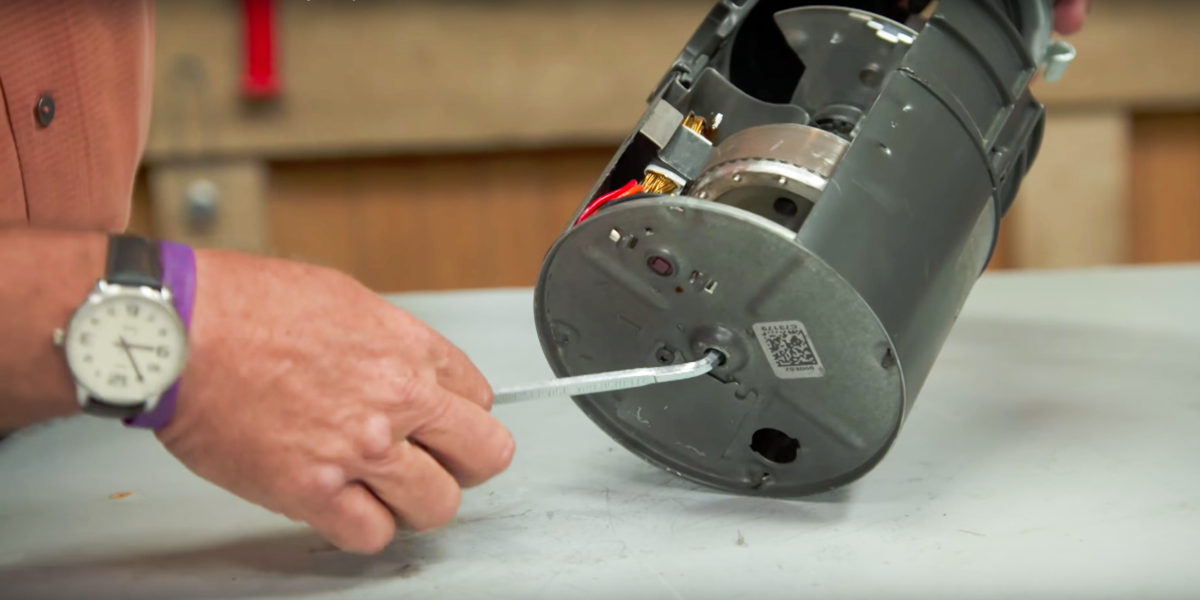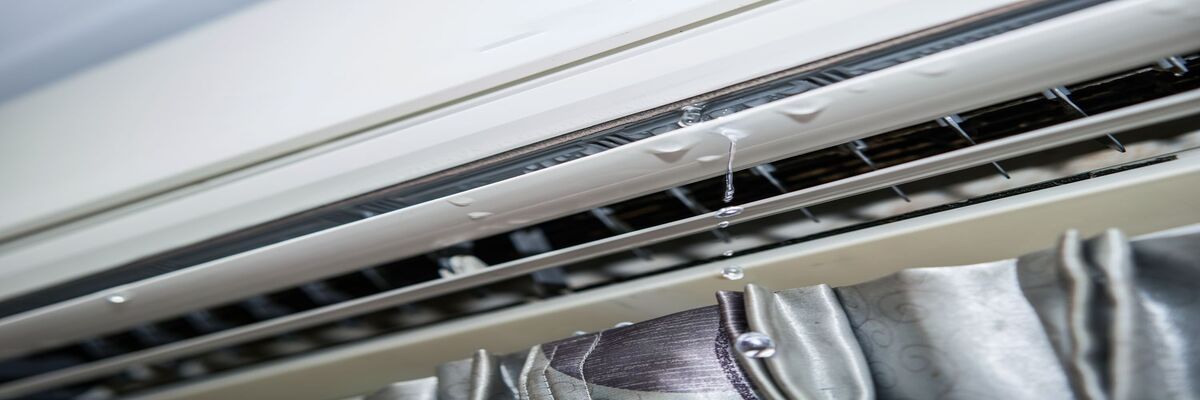How to Install a Toilet?
Are you ready to embark on a DIY journey to install a new toilet in your home? While the thought may seem daunting, fear not! With the right tools, materials, and guidance from 24/7 Local Plumbers, you can tackle this project like a pro. In this comprehensive guide, we'll walk you through the step-by-step process of installing a toilet, ensuring a successful and leak-free installation.
Preparing for Installation
Before diving into the installation process, gather the following tools and materials:
- New toilet
- Wax ring
- Toilet bolts
- Adjustable wrench
- Screwdriver
- Level
- Shims (if necessary)
- Caulk (optional)
Once you have everything you need, it's time to get started!
Detailed Steps on How to Install a Toilet
Step 1: Remove the Old Toilet
Begin by turning off the water supply to the toilet. Locate the shut-off valve behind the toilet and turn it clockwise to stop the flow of water. Flush the toilet to drain the tank and bowl completely. Disconnect the water supply line from the toilet tank and remove any remaining water using a sponge or towel.
Next, loosen and remove the nuts securing the toilet to the floor bolts. Carefully lift the old toilet straight up and place it aside. Remove the old wax ring from the flange, ensuring it's clean and free of debris.
Step 2: Prepare the Area
Inspect the flange meticulously to ensure it's in optimal condition and securely anchored to the floor. Any signs of damage or instability should be addressed promptly to provide a solid foundation for the new toilet. If the flange shows signs of wear, corrosion, or looseness, it's essential to repair or replace it before installing. A stable flange is crucial for preventing leaks and maintaining the integrity of the toilet installation.
After confirming the flange's stability, carefully position a new wax ring on top of it, ensuring it's centered and seated securely. The wax ring acts as a crucial barrier, creating a watertight seal between the toilet and the flange. Proper placement and compression of the wax ring are paramount to prevent water leaks and ensure the toilet's longevity.
Step 3: Install the New Toilet
With the area prepared and the wax ring in place, it's time to install the new toilet. Carefully lift the toilet and position it directly over the flange, ensuring the mounting holes align with the floor bolts. Take care to align the toilet properly to avoid any misalignment issues during installation.
Once the toilet is positioned correctly, gently press down on it to compress the wax ring and create a tight seal between the toilet and the flange. Applying even pressure ensures a uniform seal and minimizes the risk of leaks. Next, install washers and nuts onto the floor bolts, threading them securely to anchor the toilet in place.
Using a level, check the alignment of the toilet to ensure it's both straight and level. Adjust the position as needed, adding shims under the base if necessary to achieve proper alignment. Proper alignment not only enhances the aesthetic appeal of the toilet but also ensures optimal performance and prevents uneven wear over time.
With the toilet securely anchored and aligned, tighten the nuts on the floor bolts evenly, alternating between them to ensure uniform tension. Avoid over-tightening, as this can damage the toilet or the flange. Once the toilet is securely in place and level, trim any excess bolt length protruding from the nuts for a neat finish.
Step 4: Connect the Water Supply
Reconnect the water supply line to the toilet tank, ensuring it's securely tightened. Turn the shut-off valve clockwise to restore the water supply to the toilet. Flush the toilet and check for any leaks around the base and water connections. Tighten any connections as needed to eliminate leaks.
Step 5: Finishing Touches
With the toilet securely installed and all connections confirmed to be leak-free, it's time to add the final touches to complete the installation process with finesse.
1. Apply Caulk Around the Base: Using a high-quality silicone caulk, carefully apply a bead of caulk around the base of the toilet where it meets the floor. This caulking serves multiple purposes: it creates a polished, finished appearance, seals any gaps between the toilet base and the floor, and prevents water from seeping underneath. Run a continuous bead of caulk around the entire perimeter of the toilet base, ensuring a tight seal.
2. Check Stability and Levelness: Before the caulk sets, double-check the stability and levelness of the toilet. Gently rock the toilet from side to side to ensure it feels secure and does not wobble. If any instability is detected, use shims to fill any gaps between the toilet base and the floor. Insert the shims evenly around the base until the toilet feels stable and level.
3. Trim Excess Shims and Caulk: Once the toilet is stable and the caulk has been applied, trim any excess shims protruding from beneath the toilet base using a utility knife or saw. Trim the shims flush with the toilet base to create a clean, professional-looking finish. Similarly, use a damp cloth or sponge to carefully remove any excess caulk that may have smeared during application. Wipe away any residue to leave a clean, neat caulk line.
4. Allow Caulk to Cure: After completing the caulking and trimming process, allow the caulk to cure fully according to the manufacturer's instructions. This typically involves allowing the caulk to dry for at least 24 hours before exposing it to water or heavy use. Avoid using the toilet during this curing period to prevent any disturbances to the caulk seal.
5. Perform a Final Inspection: Once the caulk has cured, perform a final inspection of the toilet installation. Check for any visible gaps or imperfections in the caulk seal and make any necessary touch-ups as needed. Ensure all shims are securely in place and that the toilet remains stable and level. With meticulous attention to detail, your toilet installation will not only look flawless but also function seamlessly for years to come.
Congratulations! You've successfully installed a new toilet in your home, thanks to the expert guidance provided by 24/7 Local Plumbers. By following these detailed steps and exercising patience and precision, you can enjoy a leak-free and functional toilet for years to come. For more plumbing tips and assistance, trust the professionals at 24/7 Local Plumbers to handle all your
bathroom plumbing needs with expertise and reliability.
You might also like
Book a Service Today
We will get back to you as soon as possible
Please try again later
Disclaimer: 24/7 Local Plumbing connects users with independent plumbers but does not guarantee service availability, verify licenses, or ensure insurance coverage. For full details, check out 24/7 Local Plumbing disclaimer.
Blog | Contact | Home | Privacy policy | Sitemap

All Rights Reserved | 24/7 Local Plumbers
Support and manage by lead vanguard
Committed to Accessibility: We strive for inclusivity and accessibility for all. Learn more about our accessibility efforts and resources.


